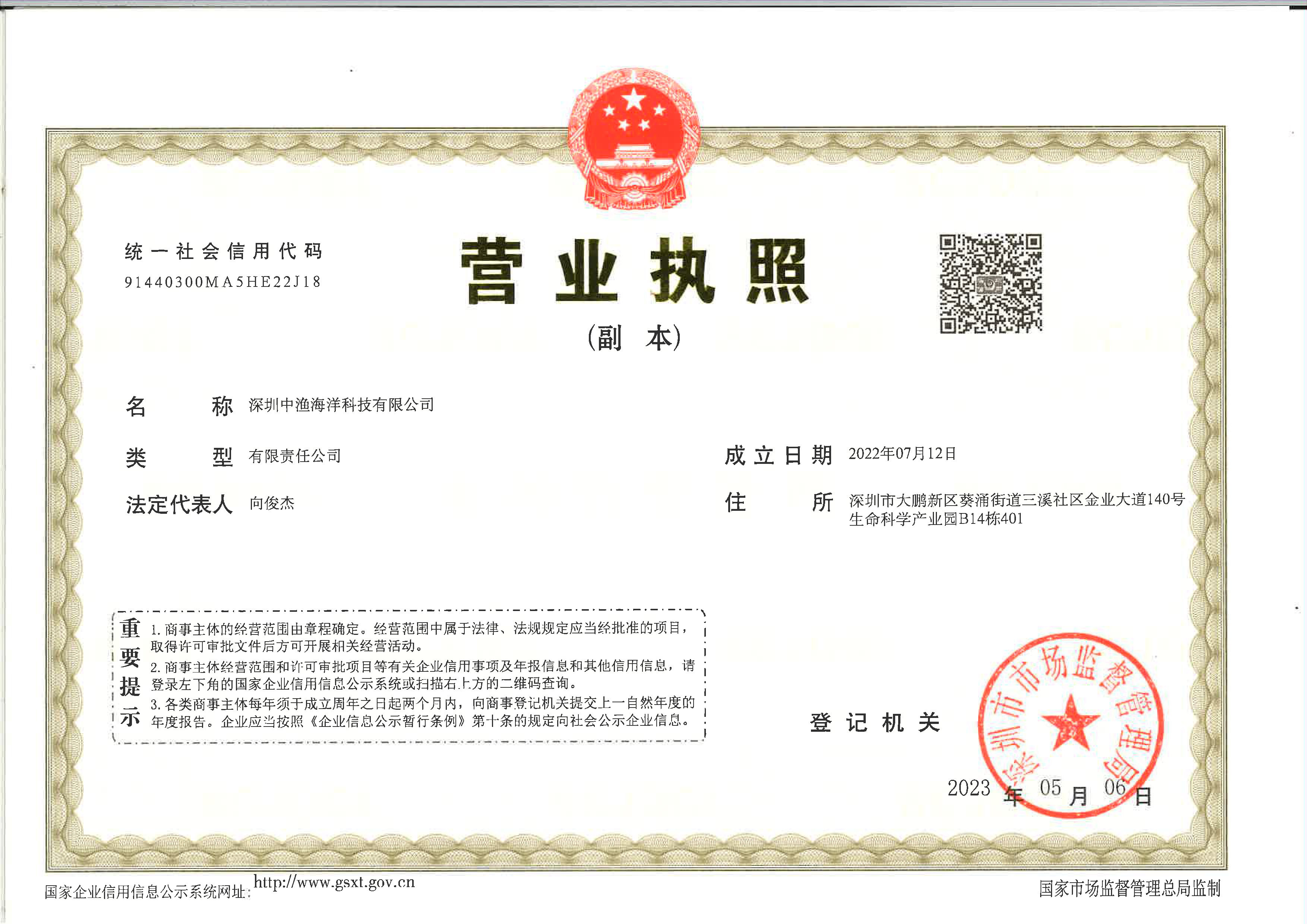11
2024
-
03
Every year, 3 billion RMB basa fish "swims" from Vietnam to the Chinese table.
Classification:
【News Summary】The basa fish is a freshwater fish native to the Ume Kung River, Vietnam. Compared with the traditional four major Chinese fish, such as grass carp and herring, basa fish has emerged in China because it has no thorns. In recent years, it has won the favor of Chinese hot pot, pickled fish and other catering brands. However, because the basa fish fry is more sensitive to the culture temperature, it can only survive in tropical fresh water. At present, most of the basa fish on the Chinese market are imported from Vietnam.
The basa fish is a freshwater fish native to the Ume Kung River, Vietnam. Compared with the traditional four major Chinese fish, such as grass carp and herring, basa fish has emerged in China because it has no thorns. In recent years, it has won the favor of Chinese hot pot, pickled fish and other catering brands.
However, because the basa fish fry is more sensitive to the culture temperature, it can only survive in tropical fresh water. At present, most of the basa fish on the Chinese market are imported from Vietnam.
Vietnam's Basha fish industry started in 1997. The tropical monsoon climate in the Mekong Delta provides favorable conditions for the growth and reproduction of Basha fish. The yield per mu of Basha fish is about 15 tons a year, which is 4 times that of domestic tilapia and 5 times that of grass carp.
Moreover, due to the delicate meat quality of pasha fish, which is conducive to large-scale processing, pasha fish has now become a pillar industry for Vietnamese aquatic products to earn foreign exchange. In recent years, a total of 100 pasha fish factories are distributed in the Mekong Delta region, mainly in the Kowloon River Plain areas such as Anjiang, Tongta, Qinju and Qianjiang, belonging to the lower Mekong River and southern Vietnam.
However, the overall volume of the pasha fish industry is not particularly large. Vietnam's annual output of pasha fish is about 1.5 million tons, which already accounts for 95% of the world's total. The remaining 5% is mainly in the surrounding Malaysia, Myanmar, India and Bangladesh, but these places have not formed a scale.
In Vietnam, the overall level of breeding technology is not high, and the degree of market concentration is not high. In the Pasha fish industry, there are three local giants. One is Yonghuan, which was established in 1997 and now earns about 2 billion RMB a year. The other two are IDI and Nanyue. They used to do construction. They have the advantages of technology and equipment when digging fish ponds to build fish ponds, so they entered the industry of basa fish.
But at present, the market share of these three giants in the whole Vietnamese pangaise is only 2% 30. Therefore, for this industry, the supply-side industry monopoly has not yet taken shape, which provides a relaxed environment for Chinese enterprises to go to the Vietnamese pangawan market. On the demand side, the Chinese people's demand for high-quality protein has also been growing. In recent years, the consumption of domestic pasha fish has increased considerably. Now China is the largest market for pasha fish in the world.
Chinese-funded enterprises have advantages in technology, capital and industrial chain layout in the local area. And after we came here, we found that there was indeed a reason why Vietnamese-made basa fish.
The most important thing is that the geographical environment is unique. The tropical area is in line with the growth of basa fish. The yield here is very high, and it can produce three seasons in two years, with obvious yield advantages. The second is the rich source of feed. Vietnam has joined trade agreements such as CPTTP (Comprehensive and Progressive Trans-Pacific Partnership Agreement) and EVFTA (Vietnam-EU Free Trade Agreement), which can purchase raw materials from all over the world.
The third advantage is lower labor costs. Vietnam's current college students graduate with a monthly salary of about 5 million to 7 million Vietnamese dong, less than 2000 RMB. Of course, Hu Zhimin may be higher, but overall, labor is cheaper than domestic.
The fourth advantage is that the entire industry chain of Pasha fish in Vietnam is relatively complete. For example, Chinese feed giants such as New Hope, Haada and Tongwei now have a layout in Vietnam. They sell feed to local farmers to ensure the recovery of finished pangasians, forming a closed loop of the industrial chain. So the four conditions together created the rise of Chinese enterprises in Vietnam pangaise industry.
At present, the top five export markets of Vietnamese basa fish in the world are China, the United States, ASEAN, the European Union and Mexico. At the time of 2010, the volume of exports to China was only US $50 million, but by 2020, this figure will rise to US $0.5 billion, which has doubled tenfold in ten years. Now China accounts for more than 30% of Vietnam's total exports of basa fish.
Previous Page
Previous Page





